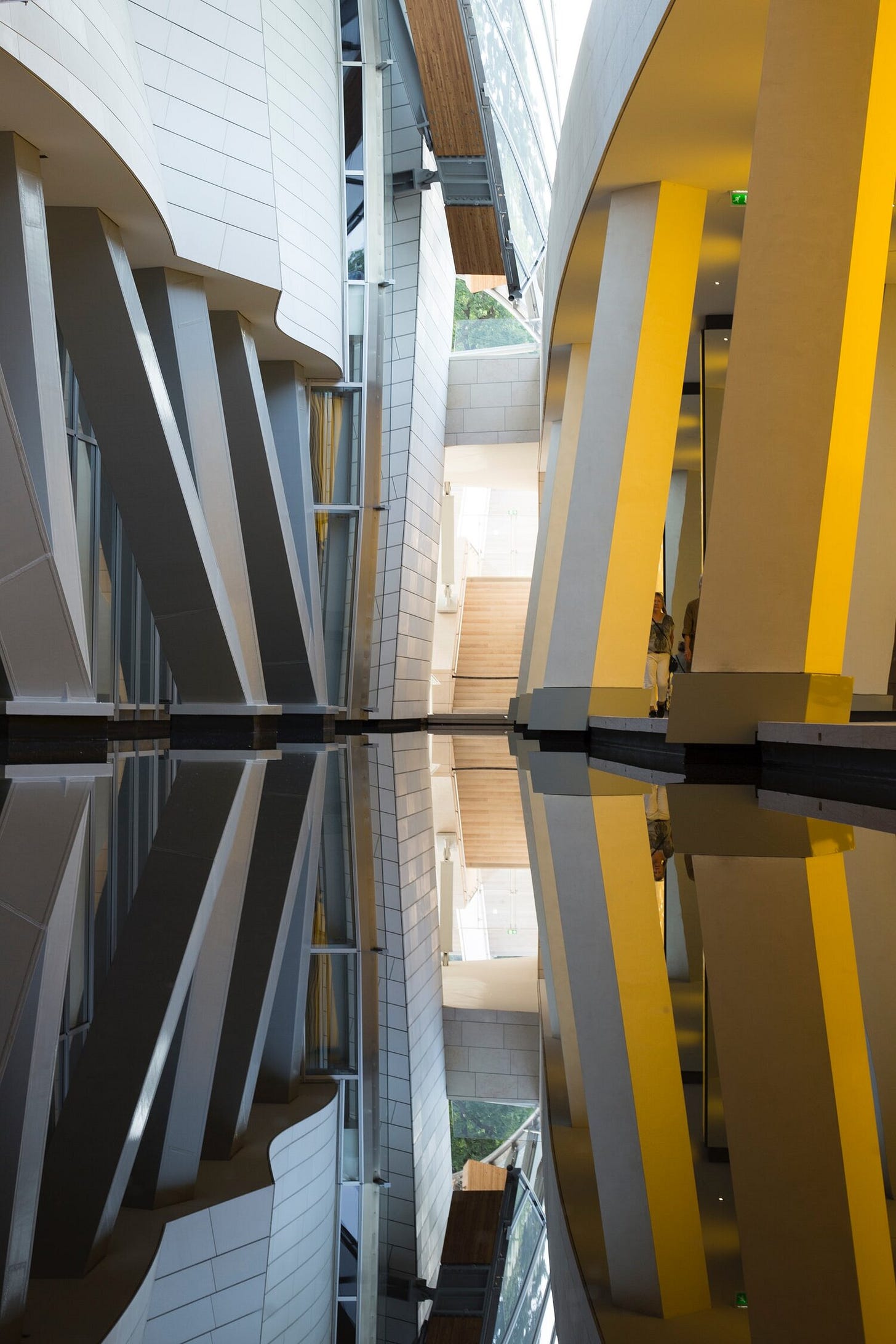Develop a Strong Foundation for Music Composition
A few months ago, I connected with a reader of my harmony course about developing a strong foundation for music composition and performance. He was interested in using some of the ideas in the course to create original music at an extremely popular music and arts festival. Even though I never did what he is trying to do, and always caution people to never take advice from people who haven't done the thing you are actually trying to do, I thought about the unchanging principles I've discovered from 10 years of making music and studying conducting and composing. It turns out in conversation there is a remarkable similarity between producing a live electro-acoustic performance at a festival and the art of music composition. He wanted to learn about developing a strong musical foundation, so here's what I shared with him.
Step 1. Establish your first musical principles.
The word music refers to something with infinite variety. That poses a problem for music creators, but also offers its sol…
Keep reading with a 7-day free trial
Subscribe to Letters from a Composer to keep reading this post and get 7 days of free access to the full post archives.




